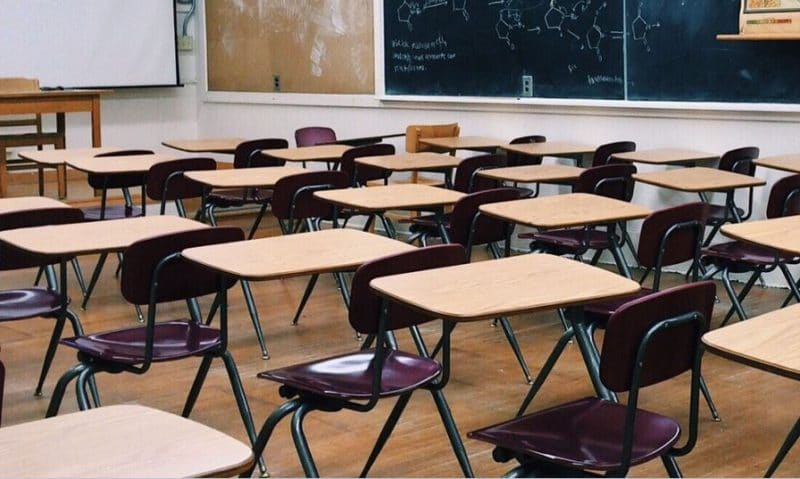It is not enough that we send children to mainstream schools. It is important that children with hearing loss succeed in school.
The first thing we need to do is to monitor performance. It is not just okay to look at grades. We need to really evaluate what a child is hearing because what they are hearing will determine what they can learn.
First Educate the School Staff
If the school staff does not understand about hearing loss there is no way that they can provide help. They need to understand how noise effects learning for the child with hearing loss and for every other child in the class. School staff need to monitor classroom noise and control it.
Teachers need to recognize if a child is hearing classroom discussion and know what to do to improve reception of information.
Are two people talking at the same time? Does the aquarium make noise? Does the guinea pig make noise in its cage? Is the door open to the hallway? Are windows open? What is outside the windows? If the window opens onto a playground there will be lots of noise when there are children playing. In a city, if the windows open to busy streets, elevated train tracks or a highway there will be noise that interferes with learning.
Is the teacher using the remote microphone? Are they using it correctly? Is it 6 inches from the teachers mouth? How is the teacher sharing information and discussion of other students? Do they have a pass around microphone so that other children talk directly into the mic allowing the child with hearing loss to hear all conversation? If not, is the teacher repeating all comments so that the child with hearing loss can understand and participate in discussion?
Classroom teachers are not the only school staff who needs education. All specials teachers, lunchroom and yard staff as well as administrators need the information.
Looking at Academics
It is important to really look at how a child with hearing loss is managing academically. Is the child with hearing loss doing as well as typical hearing children.
When looking at test scores, it is important to look at subtest scores not just a total score on educational testing. A child may have a total score that is within normal limits but still have subtest scores that are showing areas of weakness. Those areas of weakness need to be identified and need help.
If we improve skills in areas of weakness we can expect that a child with hearing loss will improve overall performance. It is often difficult to get a school to put in some effort when the total score is within normal limits but we need to fight to get it done.
Educating the Other Students
It is important that other students also know about hearing loss and its affect on communication. It would be useful for them to spend part of a day wearing earplugs so they have a sense of what it is like to listen with hearing loss.
For young children you can play a game like telephone in which children line up as different parts of the ear. Someone is the outer ear, someone the ear canal, another the tympanic membrane (eardrum), three people are the middle ear bones, lots of children can be hair cells in the cochlear, and a few can be the auditory nerve and the temporal lobe. You can talk about how the ear works while setting this up. Then someone gives a message by whispering into the outer ear and it gets passed up the chain until the child representing the temporal lobe repeats it. It usually has nothing whatsoever to do with the initial message. That is a good opportunity to talk about how signals can get distorted.
It is important to also talk about what class members can do to help a child with hearing loss star in the classroom. Suggestions might include facing the child with hearing loss when talking, having only one person talk at a time, using the remote microphone when meeting in small groups. It is also helpful if classmates can understand that students with hearing loss might miss some information and it would be helpful if they checked that the child with hearing loss understands conversation.
The documentary I made with Irene Taylor Brodsky, The Listening Project, has a short version to be used in schools to help children in mainstream schools understand what it is like to live with a hearing loss and to teach empathy. It can be found on the www.hearingfirst.org website.






